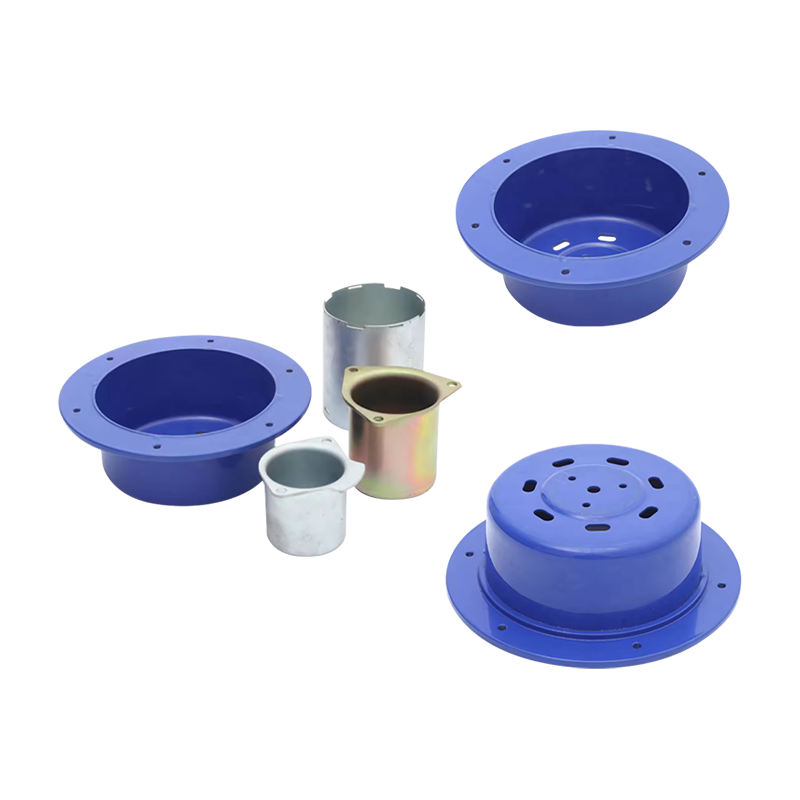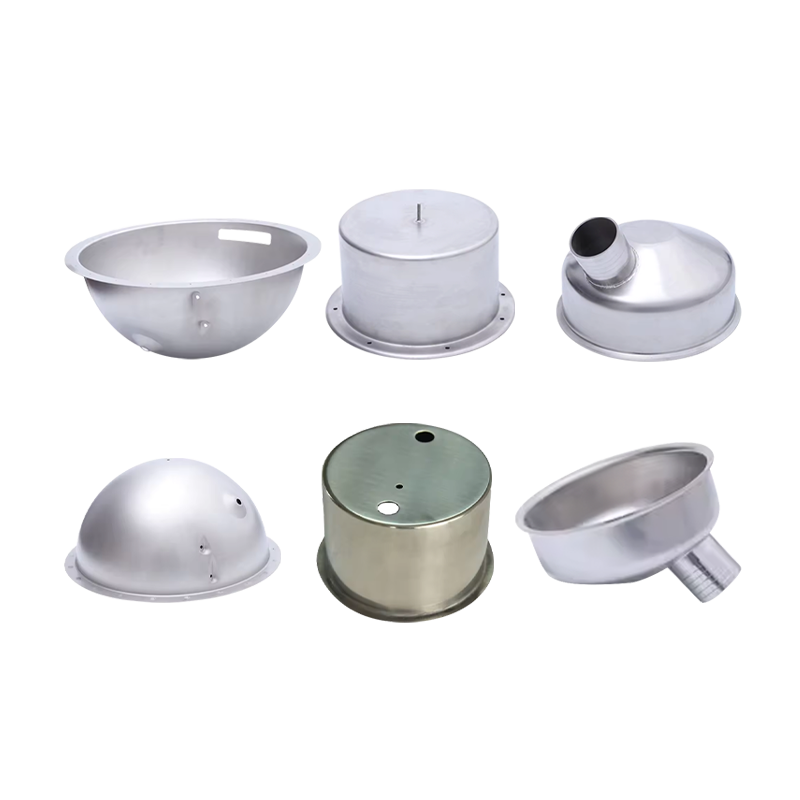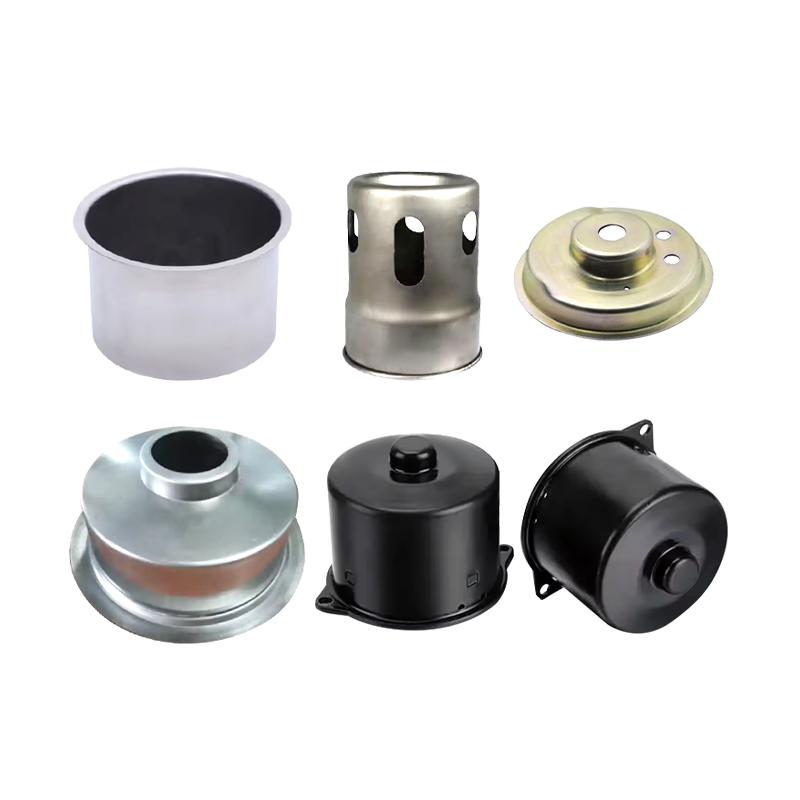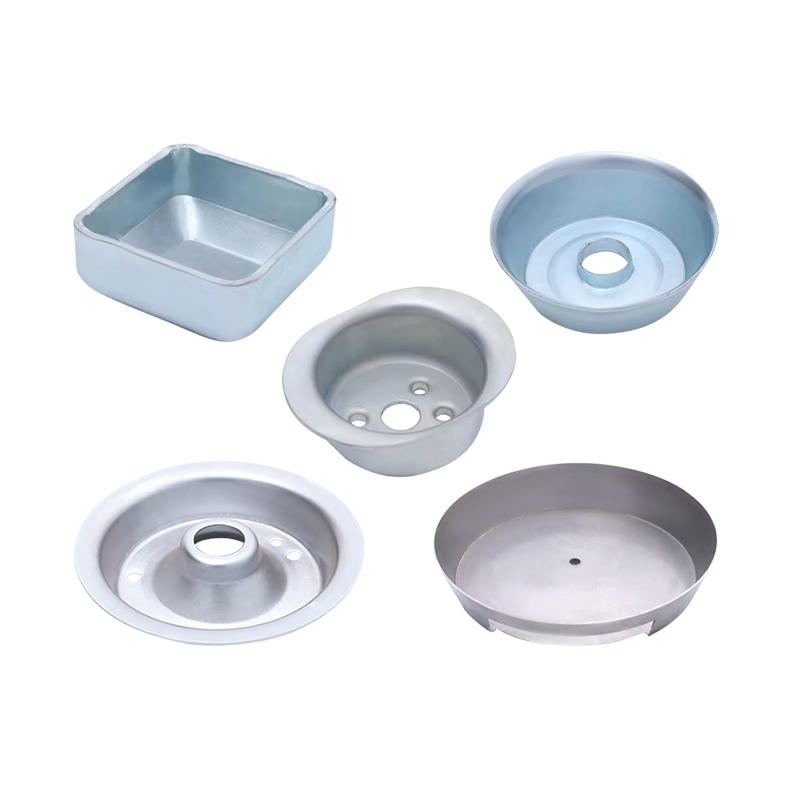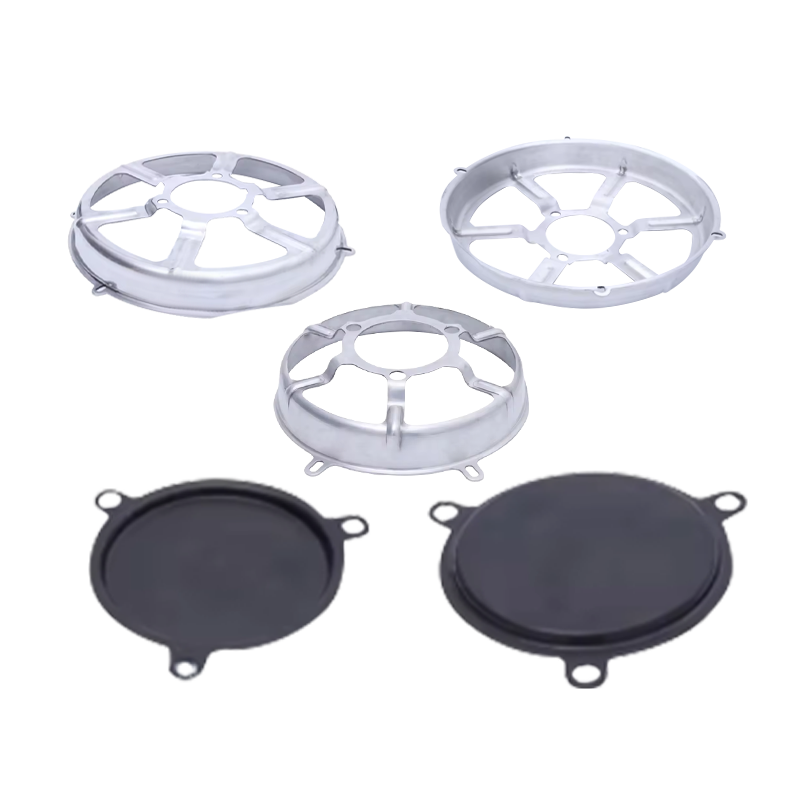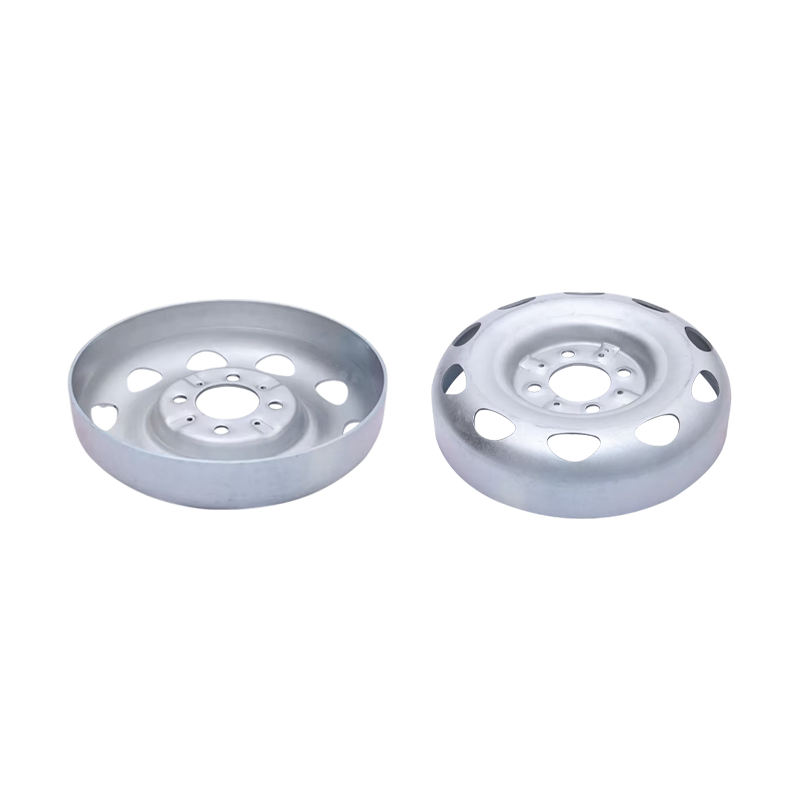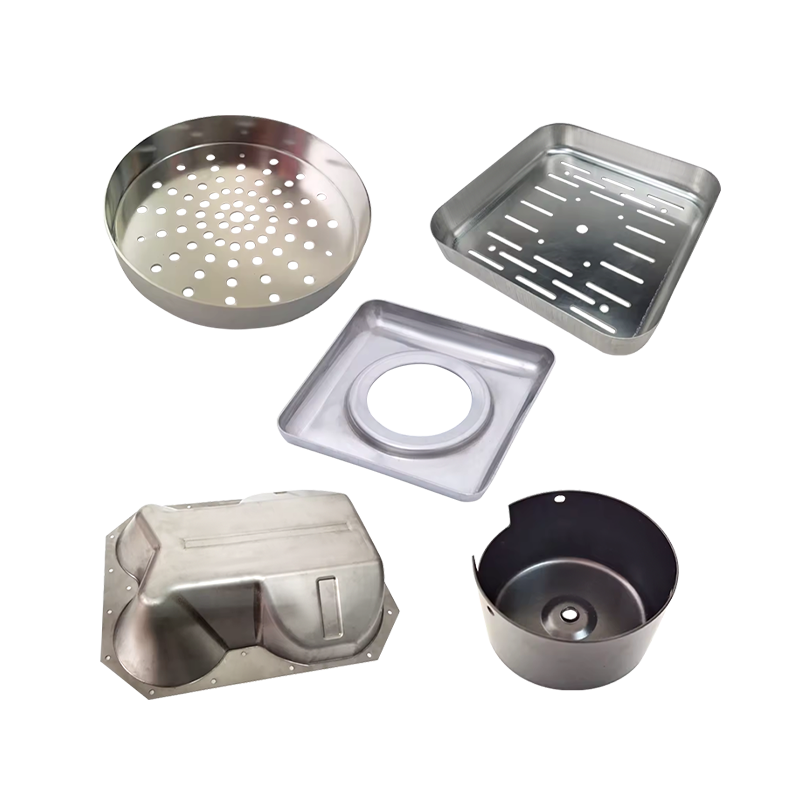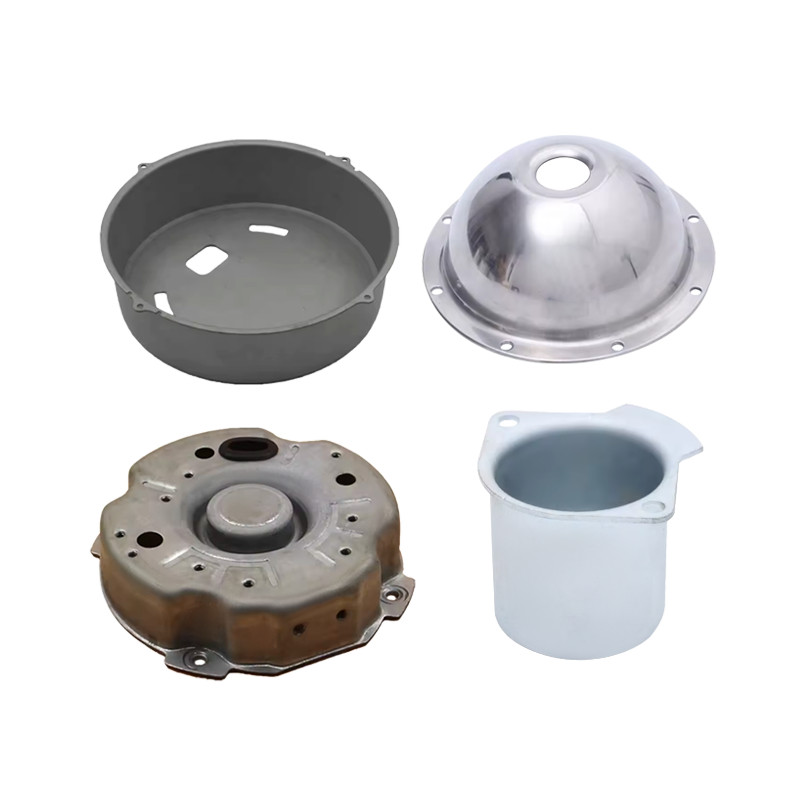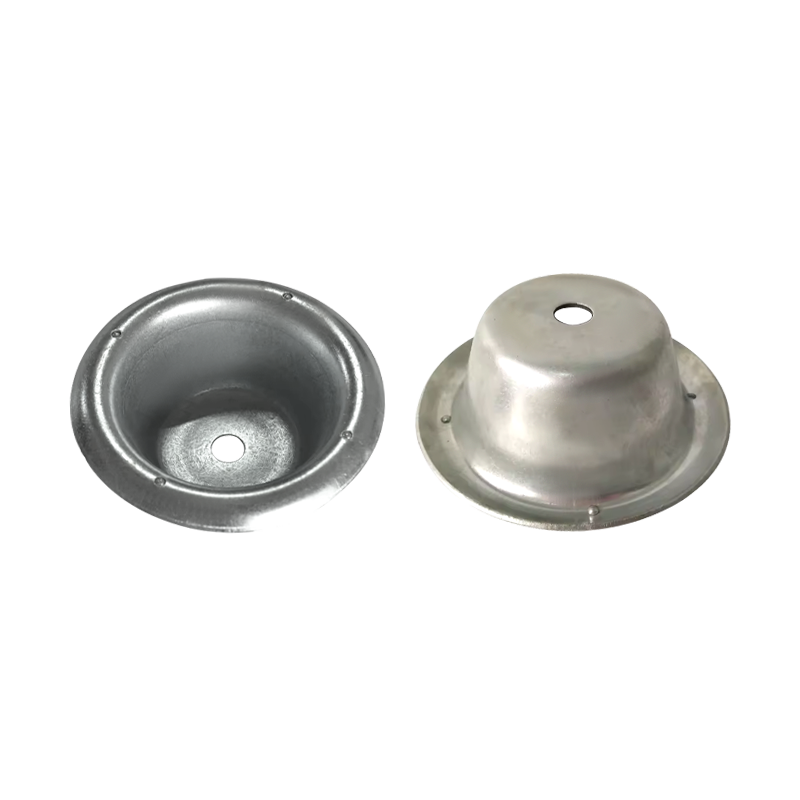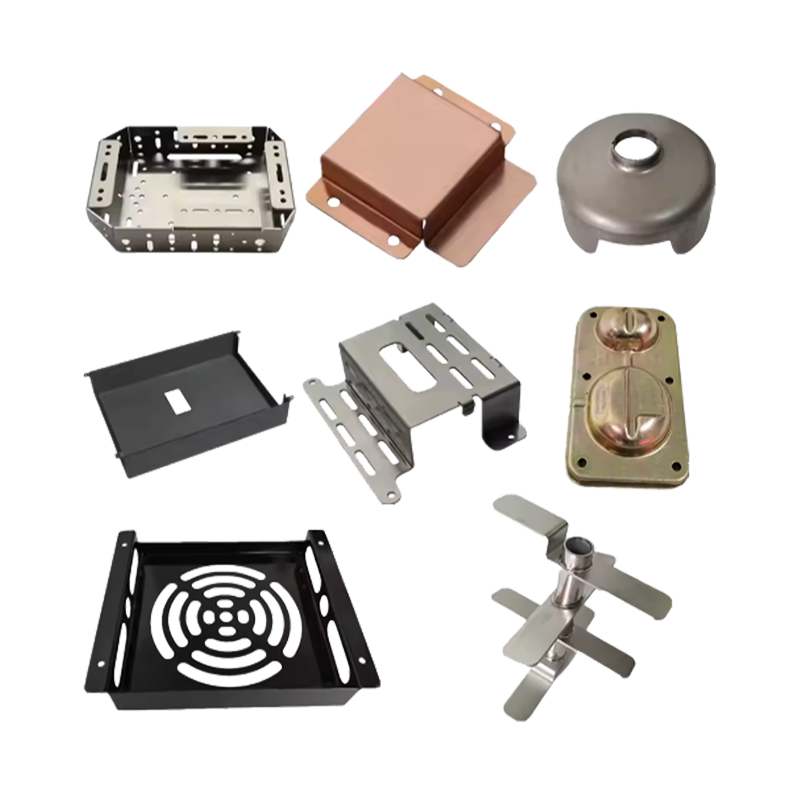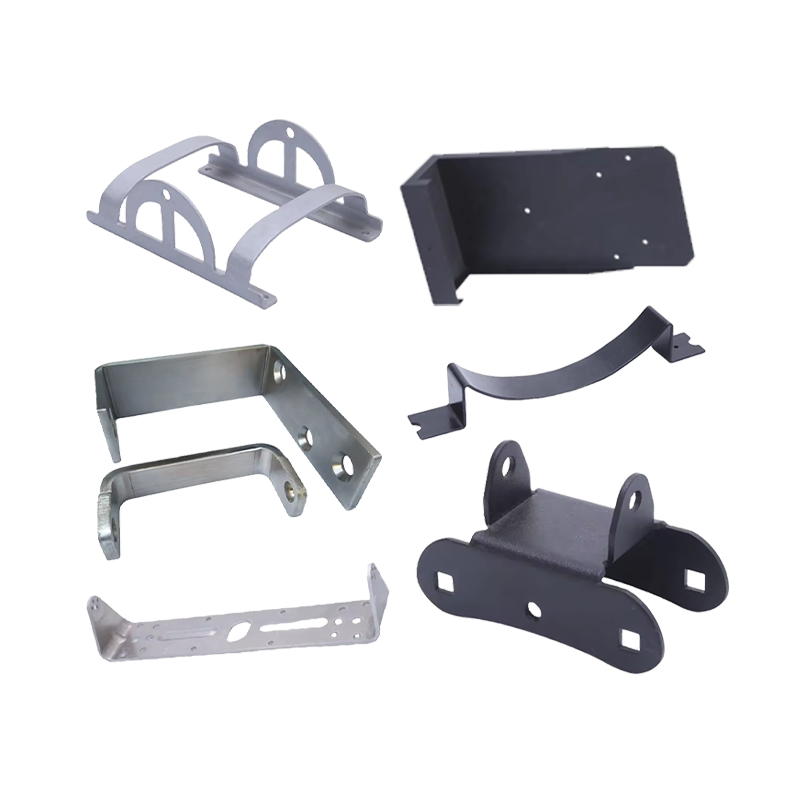Web Menu
Product Search
Exit Menu
News categories
RECENT POSTS
-
Why are metal animal drinking bowls the best choice for safe pet drinking water?
Dec 23,2025 -
What are the common defects and solutions for metal bending parts?
Dec 16,2025 -
What to do if burrs appear on metal stamping parts? How to avoid them?
Dec 09,2025 -
What are Metal Bending and Drawing Parts?
Dec 02,2025 -
Precision Deep Drawing & Metal Stamping Solutions | High-Volume Manufacturing Expertise
Dec 01,2025
What are the key considerations when selecting an RV small cooker sink to ensure it fits within the available space?
When outfitting an RV with a small cooker sink, one of the most important factors to consider is how well the sink fits within the available kitchen or cooking area. RV kitchens are typically compact, and efficient use of space is essential for maximizing comfort and usability. Choosing the right RV small cooker sink requires careful thought and planning to ensure it meets the functional needs while fitting seamlessly into the limited space. Below are some key considerations to keep in mind when selecting an RV small cooker sink.
1. Dimensions and Space Constraints
One of the first things to consider when selecting a small cooker sink for an RV is the available space in the kitchen or cooking area. RV kitchens can vary greatly in size, from small galley-style kitchens to larger setups, so measuring the available countertop space is crucial. Ensure that the sink fits comfortably within the designated area without obstructing other kitchen appliances or the overall flow of the space.
It’s important to take both the cutout dimensions (the hole in the counter that the sink will fit into) and the overall sink dimensions into account. Many RV sinks come in round, square, or rectangular designs, and the shape of the sink should be chosen based on the available space and the type of cooking or washing activities you expect to perform. For instance, a round or oval sink may be ideal for a smaller space, while a rectangular sink may provide a bit more room for washing dishes or food prep.
2. Depth and Capacity
In addition to size, the depth of the sink is another critical consideration. A sink that is too shallow may not provide enough space for washing pots, pans, and dishes, while a sink that is too deep can take up valuable counter space and make it difficult to reach the bottom of the sink. For most RV kitchens, a sink depth of around 5 to 7 inches is generally ideal, providing enough capacity for cleaning while maintaining a compact profile.
Another factor to consider is the capacity of the sink, especially in terms of water storage and drainage. Some small sinks come with built-in draining racks or additional compartments that can help maximize water usage and organization. Make sure the sink's capacity aligns with the daily needs of cooking and cleaning, especially for those who cook regularly in their RV.
3. Material Durability
The material of the sink plays an important role in its durability and ease of maintenance. For RV use, stainless steel is one of the most popular choices for small cooker sinks due to its resistance to rust, stains, and corrosion. Stainless steel is also easy to clean and can handle the wear and tear of mobile living.
When choosing a material, consider the overall aesthetic of your RV’s kitchen as well. Stainless steel offers a modern, sleek look that fits well with most RV interiors, but other materials like composite granite or enamel-coated sinks may also be options, each with its own set of advantages and drawbacks. For instance, composite sinks may be more resistant to scratches but might not handle heat as well as stainless steel.
4. Integrated Features
Many RV small cooker sinks come with additional features that can improve functionality and convenience. Look for sinks that include built-in drainboards, cutting boards, or removable covers. A removable cover or lid can double as extra counter space when the sink is not in use, a key feature in compact kitchens where every bit of surface area is valuable.
Additionally, some sinks come with multi-functional designs, where the cooking and washing areas are integrated into a single unit. These all-in-one cooker-sink combinations can make food prep, washing, and cooking more efficient, especially for RV owners who want to maximize the utility of their kitchen space.
5. Installation and Plumbing Compatibility
Before selecting a sink, ensure that the sink’s plumbing and installation requirements are compatible with your RV's existing setup. Most RV sinks come with standard plumbing connections, but it's important to check the specifications for drainage size, water inlet, and mounting to make sure they align with your RV’s plumbing system.
For installation, some sinks are designed for easy drop-in mounting, while others require undermount installation, which can be more complex but offers a sleeker, more streamlined look. Consider whether you have the tools and expertise to install the sink yourself, or if professional help will be required.
6. Weight Considerations
Because RVs are mobile, the weight of the sink and its accessories is another important consideration. While stainless steel is relatively lightweight, some sinks can be heavy, especially if they have multiple compartments or are made from denser materials. Overloading your RV kitchen with heavy components can affect the overall weight distributi
What space and functional constraints need to be considered when designing an RV sink?
What are the advantages of the material used in Stainless Steel RV Sink?
related products
Whether you want to become our partner or need our professional guidance or support in product selections and problem solutions, our experts are always ready to help within 12 hours globally
contact UsPhone:+86 139-5824-9488
FAX :+86 574-86150176
E-mail: [email protected] [email protected]
Address: Unit 2, Building 19, Zhichuangzhizao Park, Chengdong Industrial Zone, Xiangshan, Ningbo,315705, Zhejiang, China

 English
English 中文简体
中文简体 Español
Español